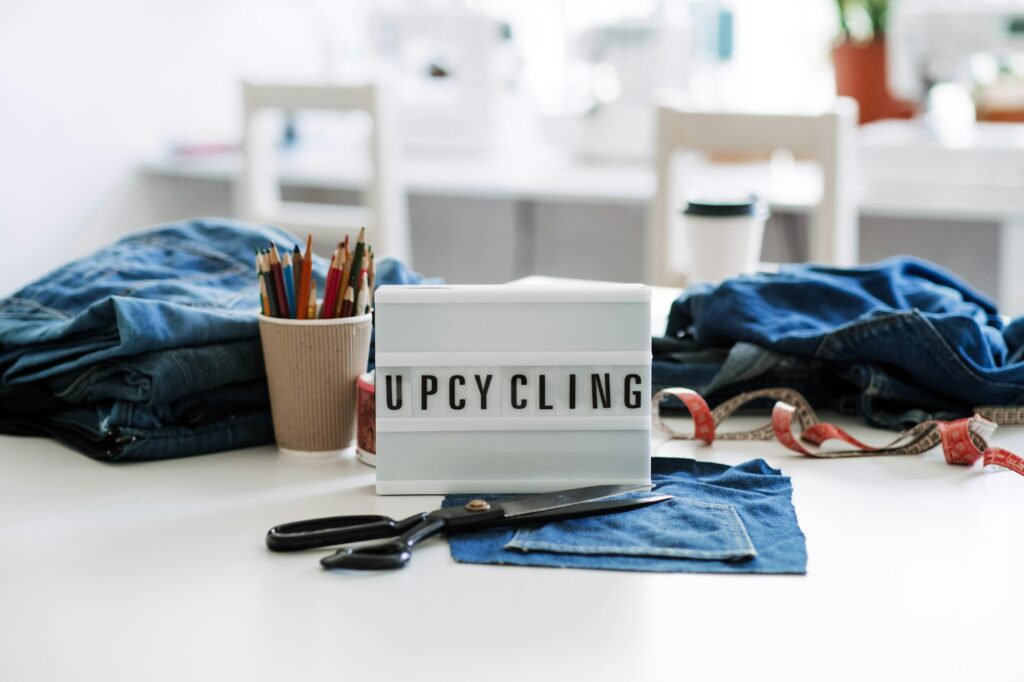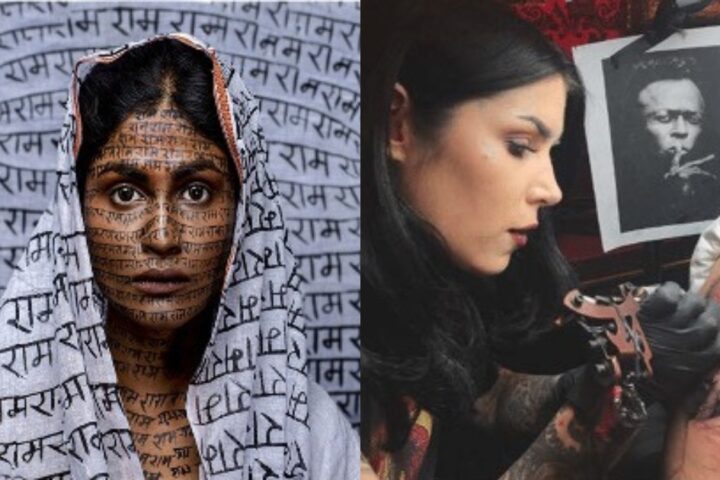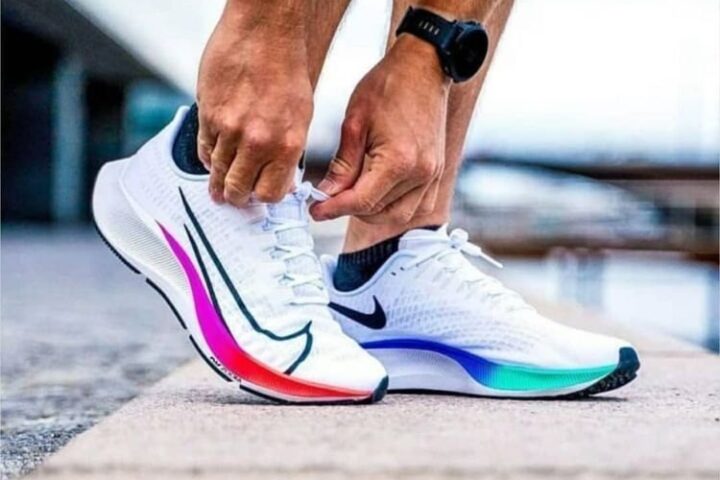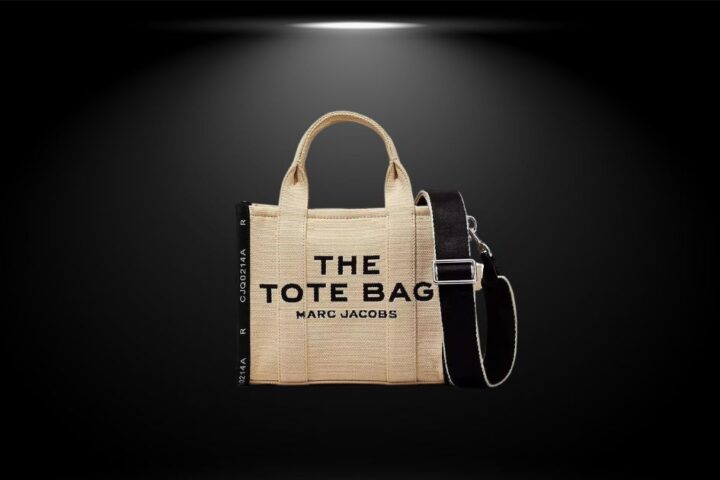The fashion industry, one of the multi-billion industries in the world which employs millions of population, holds a dark secret of complicity in the violation of human rights and fuelling modern slavery. from harvesting raw materials for the fashion industry to processing, manufacturing and transporting the final product; slavery exists in each and every stage of the supply chain. It entangled the supply chain completely, making it one of the major concerns of the supply chain. This multi-layered exploitation adds to the existing forms of modern slavery. We, as consumers, unknowingly contribute to this cycle of oppression, which is fueled by our demand for affordable and trendy clothing. It is of utmost importance to address this crippling issue in the fashion industry, but at the same time, it is equally important to identify and define the various forms of modern slavery.
MODERN SLAVERY
Slavery was one of the most common problems faced by the nations, especially in the industrial sectors. During the early times, the people were treated as property, which constituted traditional slavery. Later, the same was abolished by various conventions during the 19th century. The importance of prohibiting traditional slavery was given utmost importance in the late 19th century when industrialisation emerged in the US and other parts of Europe. Modern slavery is the term used to describe a range of exploitative practices, and there is widespread agreement on the general definition, if not on the precise boundaries, of the term. The first definition of modern slavery appeared in the 1926 League of Nations Slavery Convention, which acknowledged slavery as the exercise of “control over a person by another such as a person might control a thing”. Modern slavery comes in different forms and types. It is influenced by factors like the legal framework of the place where the factories are located, geography, resources, etc. It includes a wide range of human rights violations, which include forced and bonded labour, human trafficking, child slavery, exploitation of migrant workers, etc. Many of the conventions, including the UN SDG, call for eradicating modern slavery. SDG Goal 8.7 stands for taking immediate and effective measures to eradicate forced labour, end modern slavery and human trafficking and secure the prohibition and elimination of the worst forms of child labour, including recruitment and use of child soldiers, and by 2025, end child labour in all its forms. As per the Global Slavery Index 2023 published by the Rights group Walk Free Foundation, 50 million people are living in conditions of modern slavery, which is a 25% rise over the last five years. The G20 nations, especially India, top the list, followed by China, Russia, and Indonesia.
The fashion industry ranks second place in the world after technology for promoting modern slavery. From processing raw materials like cotton to manufacturing garments, each and every process of the supply chain contains different contracts and subcontracts, which are spread across different countries. This makes it one of the most complex supply chains in the world. Because of this incredibly complex structure and ample opportunities, especially in countries like India, where poverty is one of the reasons for underdevelopment, it is very easy to fall for human rights violations in each and every stage of the supply chain. Most modern slavery is found in the lowest level of the supply chain, especially in procuring and processing raw materials. Workers in these factories are exploited by paying no or less salary, dangerous and poor working conditions, and forced labour. Most of these violations happen in developing countries like Bangladesh, Pakistan, India and even in some of the developed nations like China. The Rana Plaza disaster, which is known as one of the worst industrial disasters that happened in Bangladesh in 2013, is one of the best examples of the worst effects of modern slavery in the garment industry. The Rana Plaza was catering for at least 29 global brands, including well-known brands like Mango and Benetton. The women and children also face physical, sexual and mental abuse from the agents. Women are denied maternity and period leave, and they are not provided equal pay as men. Moroever, fast fashion has exacerbated the problem of modern slavery. Fast fashion requires constant change with the current trends. The main characteristics of Fast fashion are cheap clothing and speed in manufacturing new trending clothes. This requires a lot of manpower, and the same is acquired through modern slavery.
It is very difficult to trace the origin of slavery as most of the companies don’t have contact with the industries which process and manufacture clothing. The same is handled through third-party contracts making it difficult to make companies liable for modern slavery.
INDIAN SCENARIO
It is a well-known fact that modern slavery exists in the Indian garment industry, which caters to international fashion brands like Levis, Benetton, Zara, Shein, etc. In order to identify modern slavery, ILO has listed seven criteria, out of which five were found to exist in Bangalore city’s garment industry, even after there exist laws in place. India has laws like the Bonded Labour Abolition Act of 1976, which prohibits bonded labour and forced labour. Moreover, the Central government has also brought in schemes which facilitate the rehabilitation of Bonded Labours. In PUDR vs Union of India, the SC has held that non-payment of wages amounts to forced labour under Art 23 of the constitution. India also has legislation which promotes maternity benefits, minimum wages and working conditions in factories, and prohibits child labour. This includes the Minimum Wages Act of 1948, Maternity Benefits Act of 1961, Child Labour (Prohibition and Regulation) Act of 1986, Factories Act of 1948, Unorganized Workers’ Social Security Act of 2008, and Equal Remuneration Act of 1976. These acts have been codified into four different labour codes. This shows that India has the best laws against slavery, but where the problem lies?
The implementation of Indian laws is crippled by corruption, various loopholes, and ineffective implementation of the laws. The same is exacerbated by the illiteracy of the legal protections that are available to prevent modern slavery. The need of the hour is to raise awareness about various laws available for human rights and modern anti-slavery. We, as a consumer, also have the option to stop purchasing products from companies that aid and promote modern slavery, thereby promoting brands which are ethical and sustainable. This would help to cut the vicious cycle of modern slavery, thereby helping millions of lives.
By MEGHANA S S










